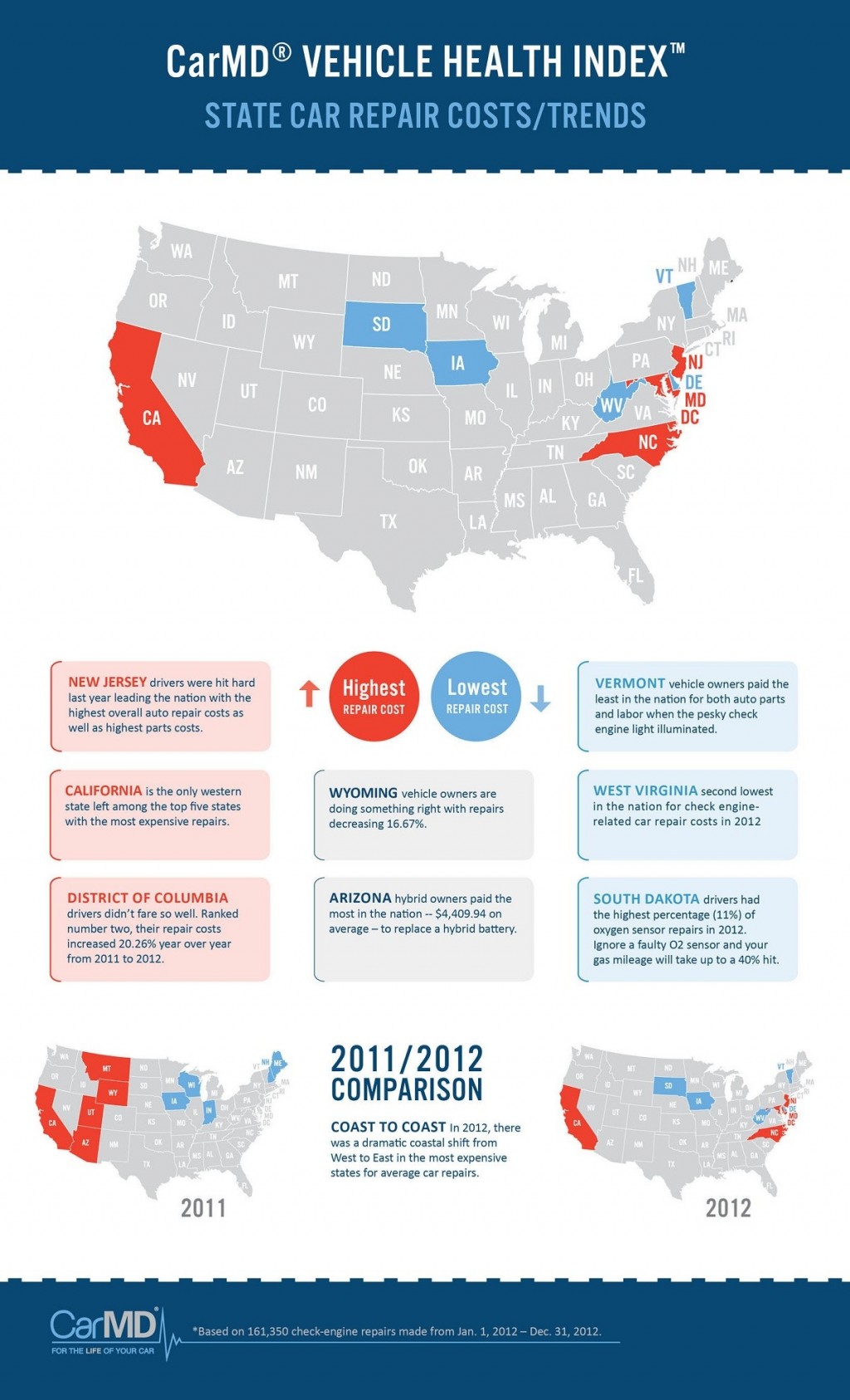Fascinated In Recognizing The Warning Lights On Your Vehicle'S Dashboard? Discover Their Significance For Your Automobile'S Safety And Security And Total Condition
Fascinated In Recognizing The Warning Lights On Your Vehicle'S Dashboard? Discover Their Significance For Your Automobile'S Safety And Security And Total Condition
Blog Article
Post Created By-Sykes Winters
When you're behind the wheel, those radiant warning lights on your control panel can be a bit bewildering. Do you know what they're trying to tell you regarding your automobile's health and wellness? Comprehending the relevance of these lights is crucial for your security and the longevity of your lorry. So, the next time among those lights turns up, wouldn't you want to decode its message precisely and take the essential actions to resolve it?
Common Caution Lighting and Interpretations
Recognize usual caution lights in your automobile and recognize their meanings to guarantee risk-free driving.
One of the most normal caution lights consist of the check engine light, which signifies concerns with the engine or emissions system. If this light comes on, it's critical to have your vehicle checked immediately.
The oil stress warning light suggests reduced oil stress, needing prompt attention to prevent engine damages.
A blinking battery light could recommend a damaged charging system, possibly leaving you stranded otherwise attended to.
The tire stress monitoring system (TPMS) light alerts you to low tire pressure, affecting car security and fuel effectiveness. Disregarding this might lead to dangerous driving conditions.
The abdominal muscle light indicates a trouble with the anti-lock braking system, jeopardizing your capacity to quit promptly in emergency situations.
Lastly, the coolant temperature warning light warns of engine overheating, which can cause severe damages otherwise resolved promptly.
Recognizing these typical caution lights will help you address issues without delay and preserve safe driving problems.
Relevance of Prompt Interest
Comprehending the common caution lights in your cars and truck is just the initial step; the relevance of immediately dealing with these warnings can't be emphasized sufficient to ensure your safety and security when driving.
When a caution light brightens on your dashboard, it's your vehicle's method of connecting a potential issue that requires attention. Overlooking these cautions can lead to a lot more extreme problems in the future, compromising your safety and security and possibly costing you extra out of commission.
Trigger interest to alerting lights can avoid break downs and accidents. As an example, a blinking check engine light might indicate a misfire that, if left ignored, could create damage to the catalytic converter. Resolving boat cleaning can conserve you from a costly fixing.
In a similar way, a brake system warning light may signify low brake liquid or worn brake pads, vital elements for your safety when driving.
Do It Yourself Troubleshooting Tips
If you discover a caution light on your dashboard, there are a couple of DIY troubleshooting ideas you can try prior to seeking expert help.
The initial step is to consult your cars and truck's manual to understand what the particular caution light suggests. Often the issue can be as simple as a loosened gas cap causing the check engine light. Tightening up Recommended Online site might resolve the problem.
An additional typical problem is a low battery, which can set off various warning lights. Examining the battery connections for deterioration and guaranteeing they're safe may deal with the trouble.
If a warning light lingers, you can attempt resetting it by detaching the auto's battery for a few mins and then reconnecting it. Furthermore, examining your vehicle's liquid degrees, such as oil, coolant, and brake fluid, can assist repair warning lights connected to these systems.
Verdict
Finally, recognizing your vehicle's caution lights is crucial for maintaining your car running efficiently and securely. By immediately dealing with these informs and recognizing what they indicate, you can stay clear of expensive repairs and possible failures.
Remember to consult your auto's manual for specific details on each warning light and do something about it accordingly to guarantee a hassle-free driving experience.
Stay informed, stay risk-free on the road!
